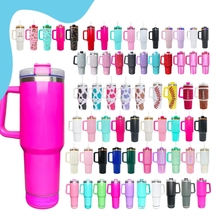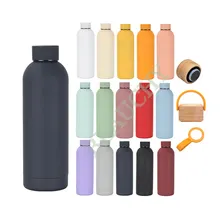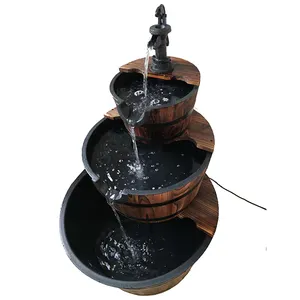An indoor waterfall is an architectural element that can dramatically transform any indoor space with its elegant aesthetics and soothing ambiance. By bringing the serenity of nature indoors, these water features become focal points in commercial and residential settings. This article aims to shed light on the different types of indoor waterfalls, their distinct features, and the materials often used in their construction.
Types of indoor waterfalls
There are various types of indoor waterfalls, each with its own unique characteristics. The indoor waterfall fountain is a popular choice for businesses and homeowners looking to create a soothing atmosphere and improve indoor air quality. It typically combines flowing water with stunning visuals. The indoor waterfall for home is often smaller in size but equally captivating. These can be freestanding, wall-mounted, or tabletop designs, depending on the available space and personal preference. Another common type is the indoor waterfall wall, a large-scale water feature that typically covers an entire wall, creating a dramatic visual impact. It's often seen in commercial settings like hotel lobbies or corporate offices.
Key features of indoor waterfalls
Indoor waterfalls offer more than just aesthetic appeal. Their unique features contribute to a healthier and more relaxed environment. One key feature is the ability to humidify the air, beneficial for dry climates or air-conditioned spaces. Indoor waterfalls also produce negative ions, which are said to improve mood and energy levels. The soothing sound of flowing water from an indoor water wall or an inside waterfall fountain can also mask unwanted noise, creating a peaceful atmosphere. Moreover, these water features are customizable, allowing owners to adjust the flow rate or add lights to enhance their appearance.
Materials used in indoor waterfalls
The materials used in constructing indoor waterfalls significantly influence their look and longevity. Glass and acrylic are commonly used for indoor waterfalls and fountains due to their transparent nature, enabling the beauty of flowing water to be fully appreciated. Stainless steel frames provide strength and durability, while natural stone like slate or granite adds a touch of sophistication. For a more rustic look, copper frames or panels are used. It's important to note that the choice of materials can impact the maintenance requirements of the waterfall. For example, glass waterfalls are easier to clean than those made from natural stone.
Indoor waterfall is a versatile feature that can enhance the ambiance and appearance of any indoor space. Whether it's a small indoor waterfountain for a home office or a large waterfall wall for a corporate lobby, the options are vast and varied. Understanding the different types, key features, and materials used can help in making an informed decision when investing in an indoor waterfall.









































 浙公网安备 33010002000092号
浙公网安备 33010002000092号 浙B2-20120091-4
浙B2-20120091-4